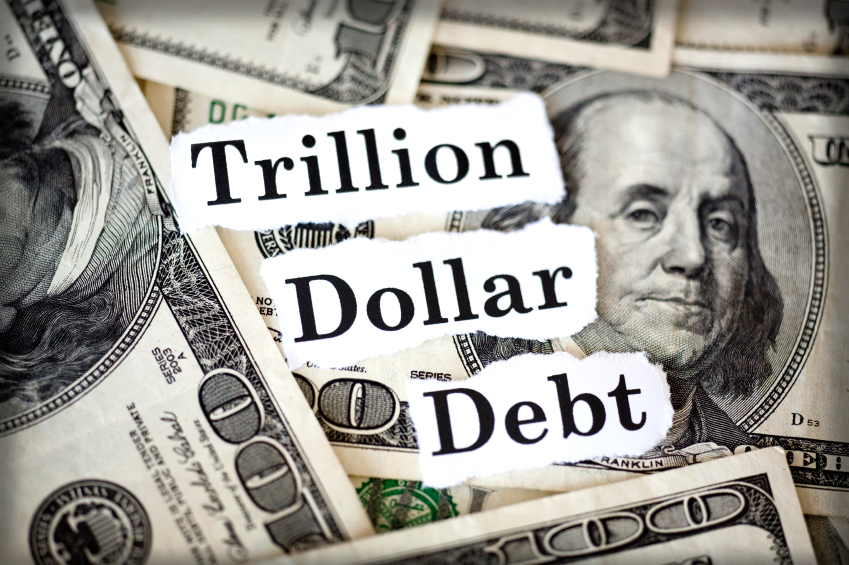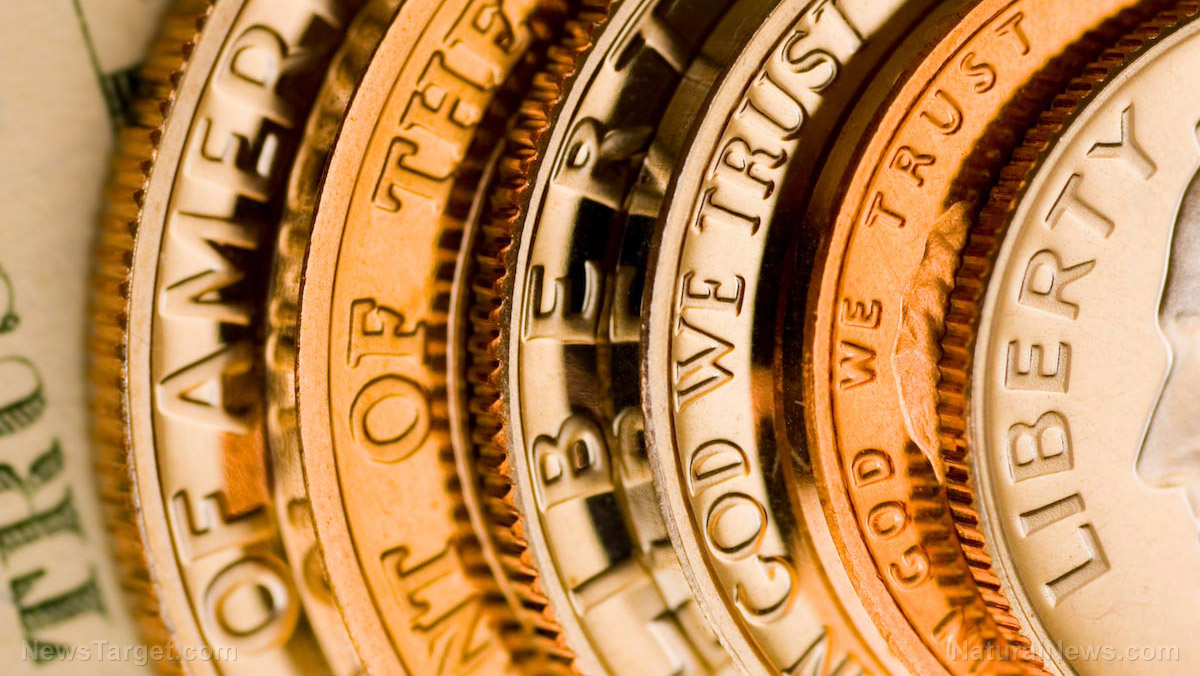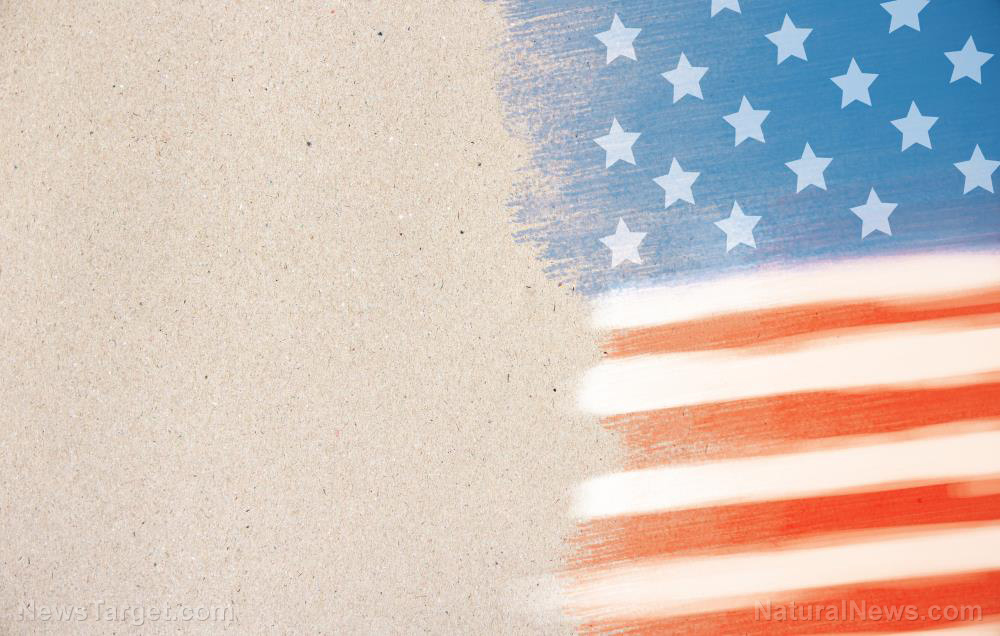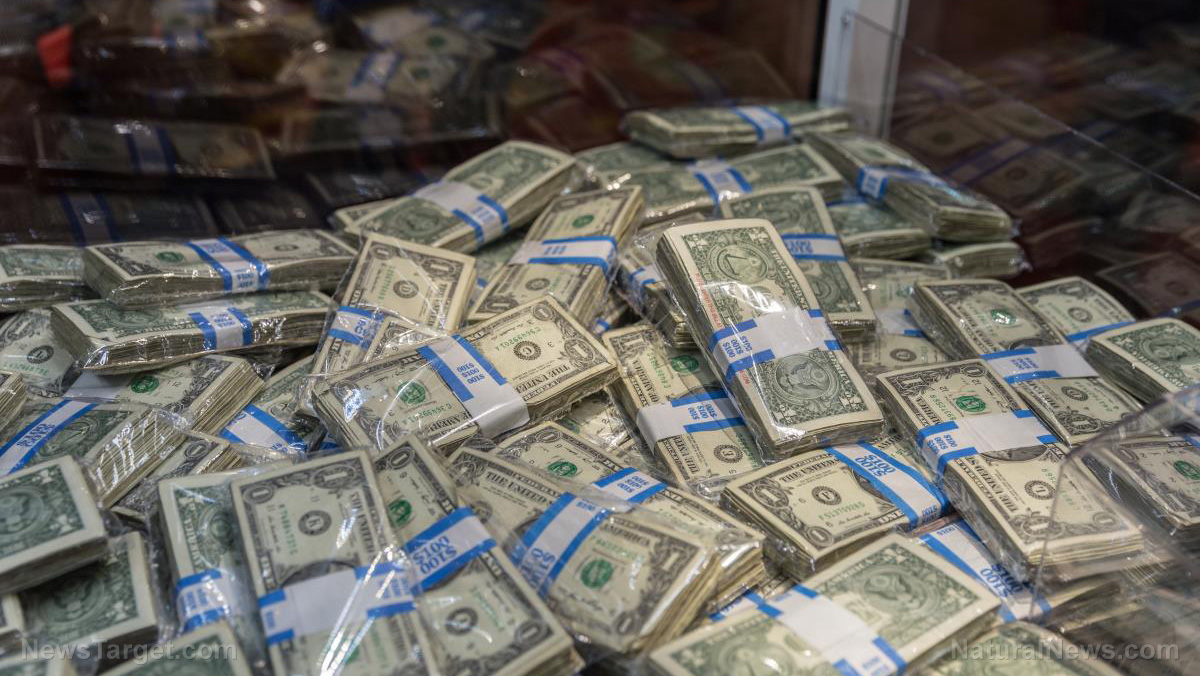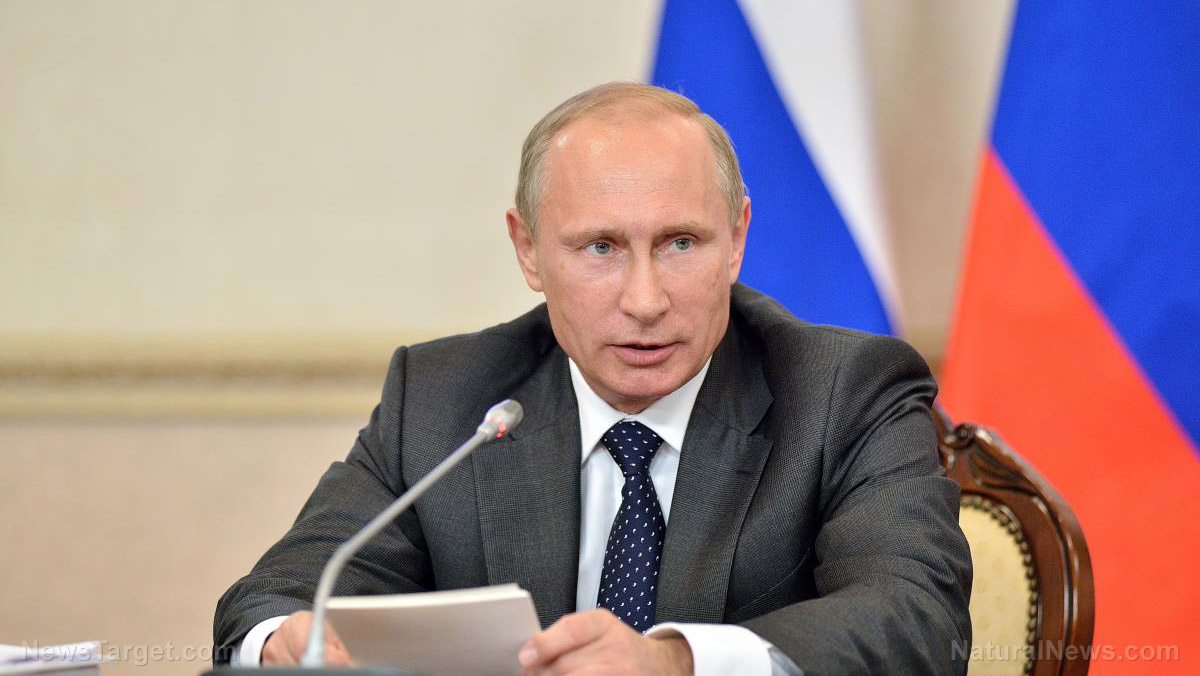De-dollarization efforts continue: BRICS member nations reduce U.S. treasury holdings to boost local currency value
09/29/2023 / By Richard Brown

The United States dollar has reigned supreme as the world’s dominant currency for nearly eight decades. However, a coalition of emerging economies, weary of the Western world’s pervasive influence on global governance and finance, is determined to diminish its prominence.
Several members of the BRICS economic alliance, including China, Brazil and India, have been divesting from U.S. government-backed assets, primarily U.S. treasuries.
China, the largest foreign holder of U.S. treasuries, reduced its holdings by $13.6 billion in just one month, bringing its total divestment to $117.4 billion over 12 months. Brazil and India also trimmed their U.S. treasury holdings, shedding $2.7 billion and $2.3 billion, respectively.
These moves are seen as an effort to reduce dependence on the U.S. dollar and defend against its strength, particularly by China, which aims to support the yuan. The de-dollarization process involves selling U.S. treasuries to accumulate local currency and boost its value.
The U.S. dollar has served as the world’s primary reserve currency since the end of World War II and is involved in over 80 percent of international trade transactions.
Calls to reduce the dollar’s dominance have persisted for some time. These calls have intensified due to recent geopolitical shifts and mounting tensions between the West and BRICS cornerstones Russia and China.
Several events have contributed to this trend, including Western sanctions against Russia following its invasion of Ukraine, which froze a substantial portion of Russia’s foreign currency reserves and excluded major Russian banks from the SWIFT messaging network.
Additionally, the U.S. imposed restrictions on semiconductor technology exports to China.
Developing nations seek alternative currencies for trade, thanks to the weaponization of U.S. dollar
The weaponization of the dollar in sanctions against countries like Russia and Iran has fueled interest among developing nations in seeking alternative currencies for trade, investment and reserves.
As the U.S. Federal Reserve raised interest rates, many developing countries faced higher interest payments on their dollar-denominated debt and grappled with the exchange rate impact of a strong dollar.
In addition to these developments, Brazilian President Luiz Inacio Lula da Silva has proposed the creation of a common currency for BRICS nations to reduce vulnerability to dollar exchange rate fluctuations. (Related: BRICS nations rapidly working to create common currency to counter US dollar’s global hegemony.)
However, this idea has faced skepticism due to the economic, political and geographic disparities among BRICS countries. Building a common currency would require a banking union, fiscal union, macroeconomic convergence, and a common central bank, making it a complex and challenging endeavor.
Despite discussions about de-dollarization and the potential for a BRICS common currency, the U.S. dollar still dominates global trade and currency reserves. While there is interest in reducing reliance on the dollar, the process is expected to be gradual, with the dollar remaining a prominent global currency in the near term.
Moreover, veteran economist Jim O’Neill, who coined the term BRIC, criticized the idea of a BRICS common currency, citing political differences and historical rivalries among the member nations. He emphasized that achieving consensus among BRICS countries on such a currency would be highly challenging.
Despite discussions about a potential currency, BRICS leaders emphasize that their goal is not to replace the dollar but to provide more options in global financial interactions. They aspire to foster multipolarity in the global financial landscape, allowing countries to choose from a variety of currencies.
Learn more about the emerging threats to the supremacy of the American dollar at DollarDemise.com.
Watch this video to learn more about BRICS’s plan to ditch the dollar.
This video is from the JR Rucker channel on Brighteon.com.
More related stories:
BRICS bloc discussing possible expansion as it seeks to “upend” the US dollar.
BRICS bloc’s proposed gold-backed currency could spell an END to the US dollar.
Sources include:
Submit a correction >>
Tagged Under:
big government, BRICS, bubble, China, collapse, common currency, conspiracy, currency crash, currency reset, De-dollarization, dollar demise, economic collapse, economy, finance, finance riot, market crash, money supply, risk, Russia
This article may contain statements that reflect the opinion of the author
RECENT NEWS & ARTICLES
COPYRIGHT © 2021 DollarDemise.com
All content posted on this site is protected under Free Speech. DollarDemise.com is not responsible for content written by contributing authors. The information on this site is provided for educational and entertainment purposes only. It is not intended as a substitute for professional advice of any kind. DollarDemise.com assumes no responsibility for the use or misuse of this material. All trademarks, registered trademarks and service marks mentioned on this site are the property of their respective owners.



